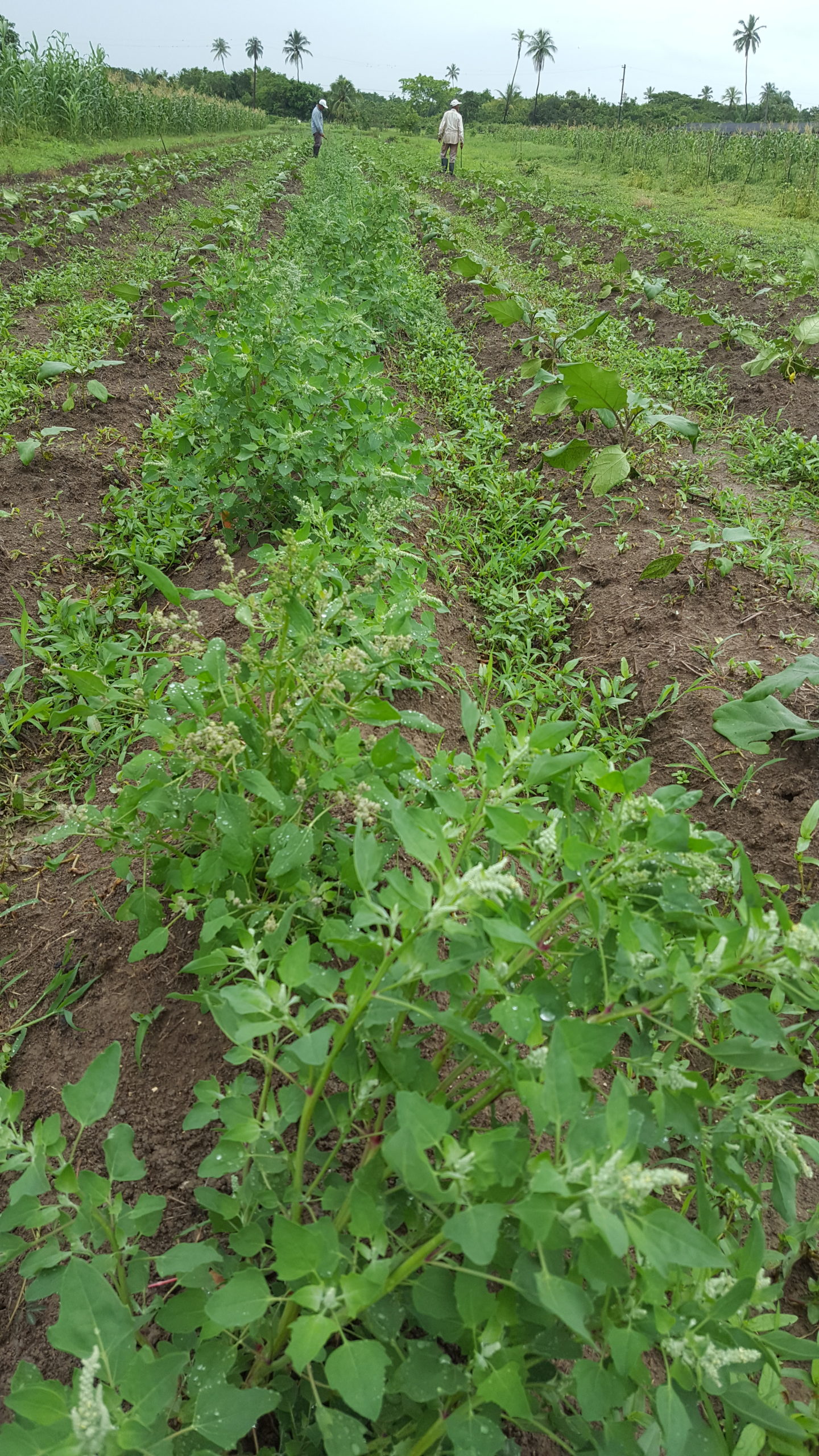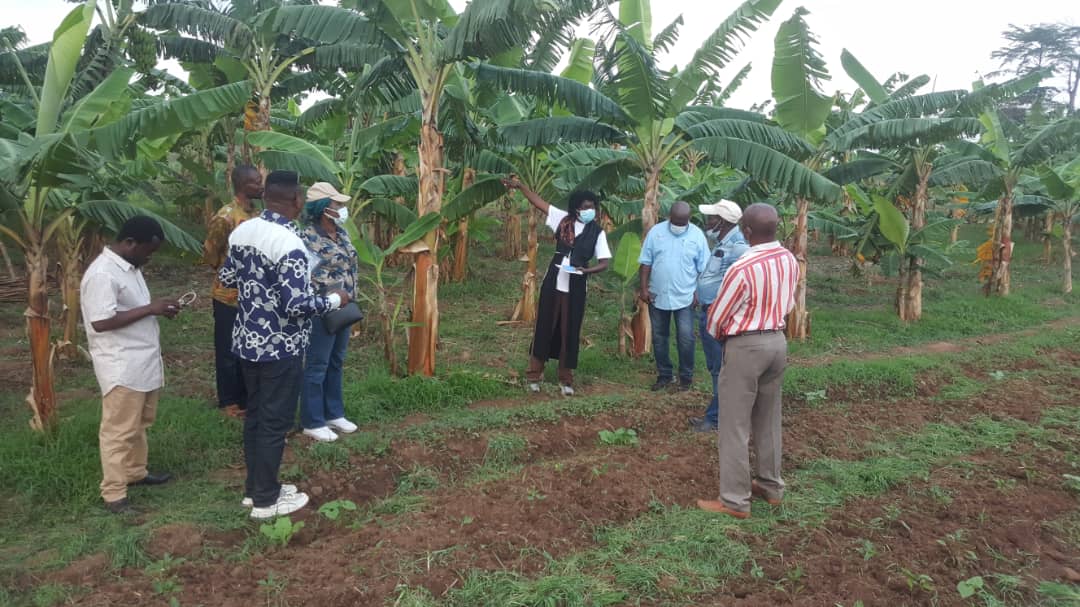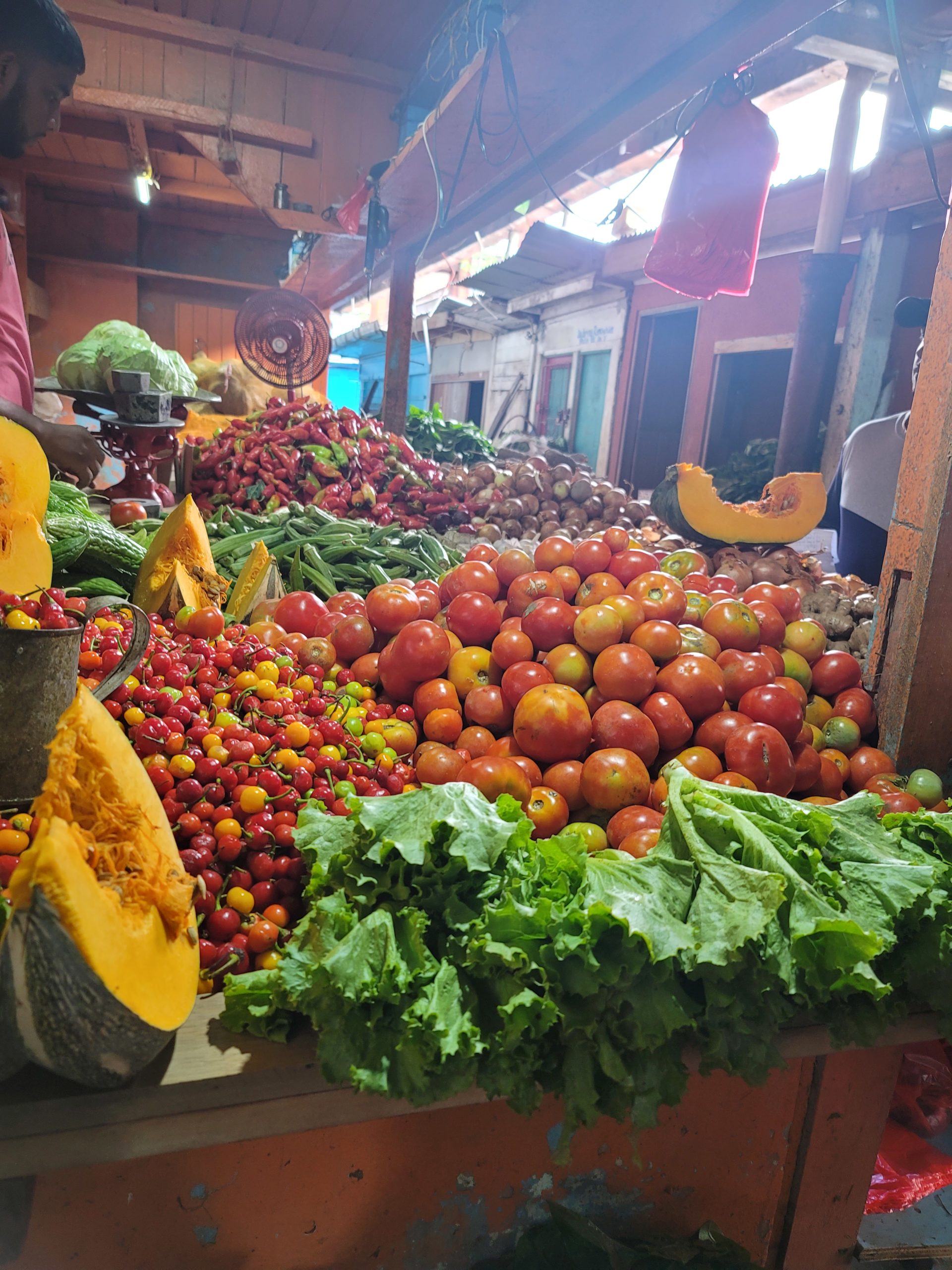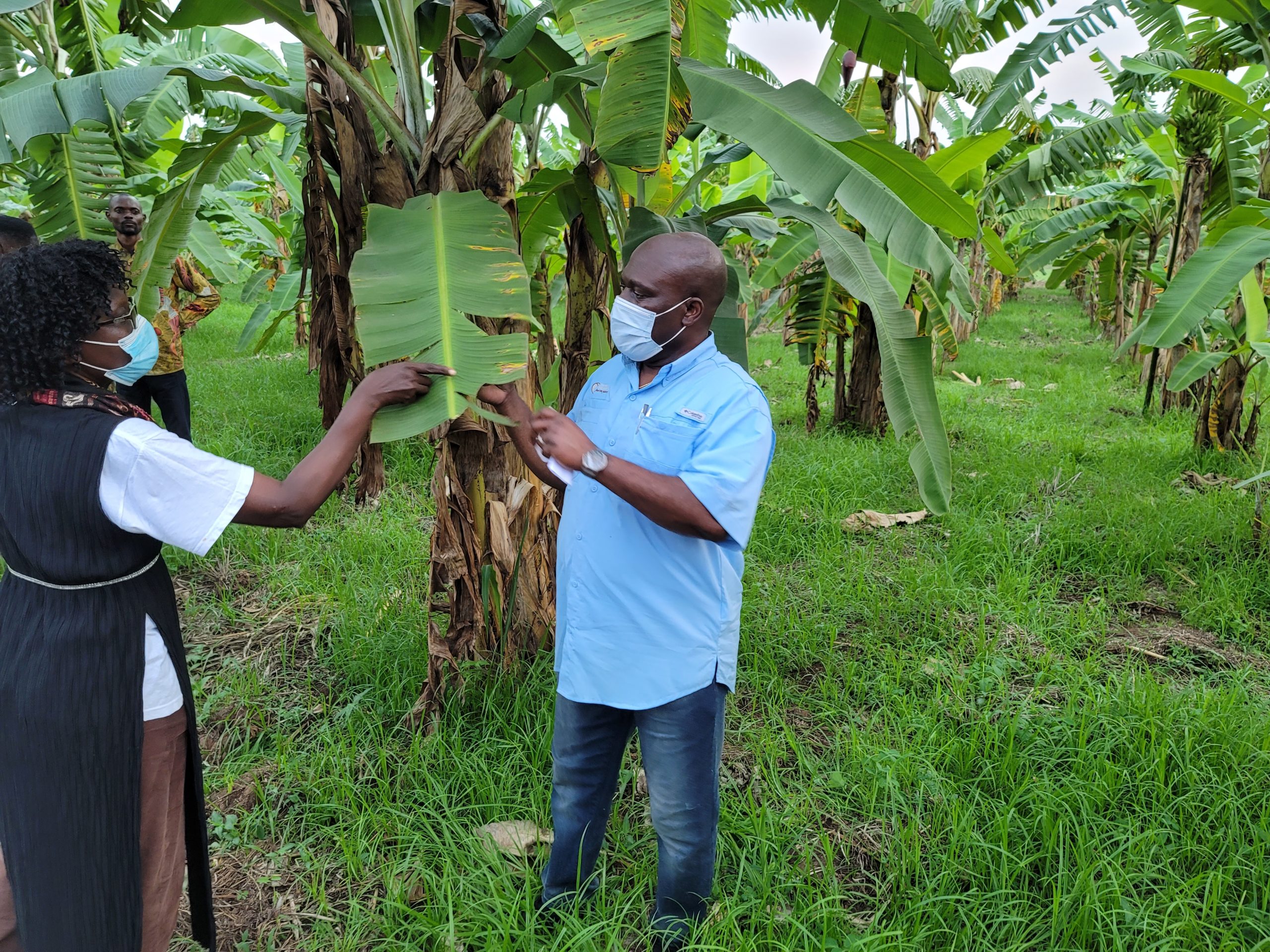Agricultural Disaster Recovery Projects:
Use of Geospatial Technology and Community Intelligence in Developing Disaster Recovery Strategies: A Pilot Project Engaging U.S. and Caribbean Faculty and Students
Project Period: 2021-2022
Country/Region: Jamaica / Caribbean
Objectives: 1. Locate and map disaster and vulnerable areas and how the disaster is being responded to or mitigated. 2. Track urban/rural change of disaster impacts by identifying visible changes in residential areas. 3. Review zoning policies and regulations on the use of marginal lands for cooperative agriculture, urban gardening, and settlement for immediate response during disaster events. 4. Develop a dashboard using geospatial data collected from the above three objectives, which will show disaster-affected locations, infrastructure, open land, and farmlands to formulate disaster response plans.
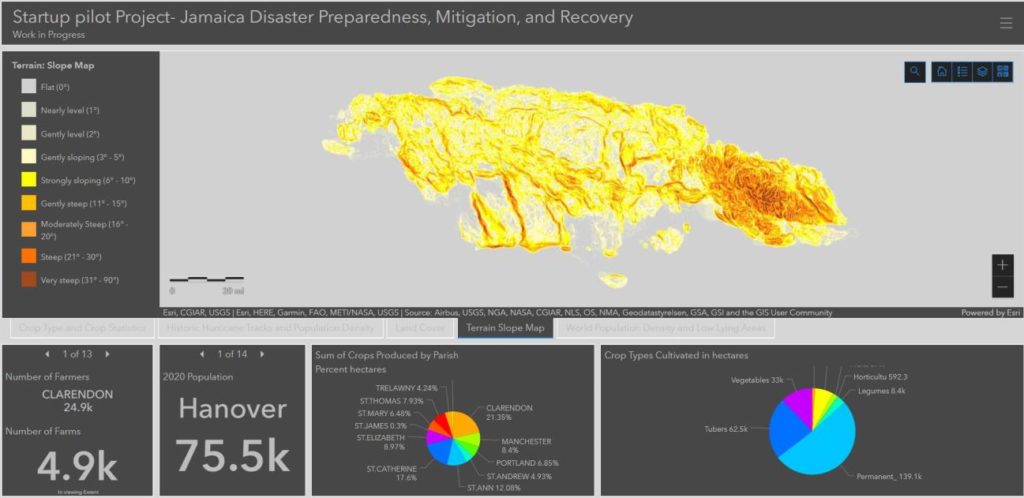
Use of Geospatial Technology and Community Intelligence in Developing Disaster Recovery Strategies: A Pilot Project Engaging U.S. and Caribbean Faculty and Students
Project Period: 2021-2022
Country/Region: Jamaica/Caribbean
Objectives: 1. Locate and map disaster and vulnerable areas and how the disaster is being responded to or mitigated. 2. Track urban/rural change of disaster impacts by identifying visible changes in residential areas. 3. Review zoning policies and regulations on the use of marginal lands for cooperative agriculture, urban gardening, and settlement for immediate response during disaster events. 4. Develop a dashboard using geospatial data collected from the above three objectives, which will show disaster-affected locations, infrastructure, open land, and farmlands to formulate disaster response plans.
Funding: USDA/NIFA
Principal Investigator (PI): Dr. Buddhi Gyawali | School of Agriculture, Communities and the Environment
1890 University Name: Kentucky State University
Expected Results: 1. A three web-integrative storytelling maps/posters and a dashboard developed. 2. Data through interviews by foreign students for mapping patterns of sea-level rise, loss of invasive species that provide potential resource opportunities collected and documented. 3. A pilot dashboards informed immediate context of maps, real-time data, emerging trends, and identify immediate scalable recovery measures created. 4. Detailed training plans for first responders developed. 5. Food insecurity issues as a result of catastrophic disasters addressed.
Accomplishments: Web-interactive storytelling maps/posters and dashboards were to be developed using results from the experiential research pilot project. Some results were to be used in the education platform of relevant courses of the participating universities. The resulting pilot dashboard would inform potential risks of communities, agriculture, and the environment by using the immediate context of maps. Participating students would learn about geospatial data and analysis methods, maps making, critical thinking, and leadership and communication skills

